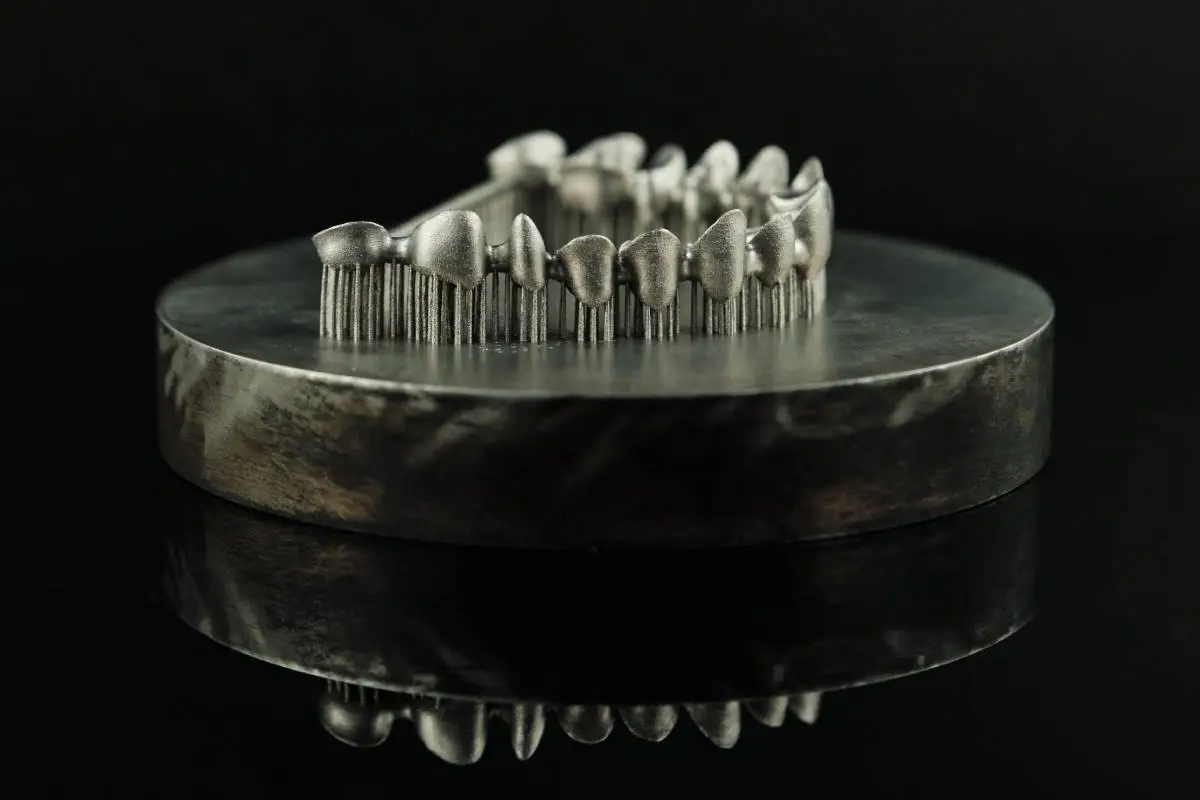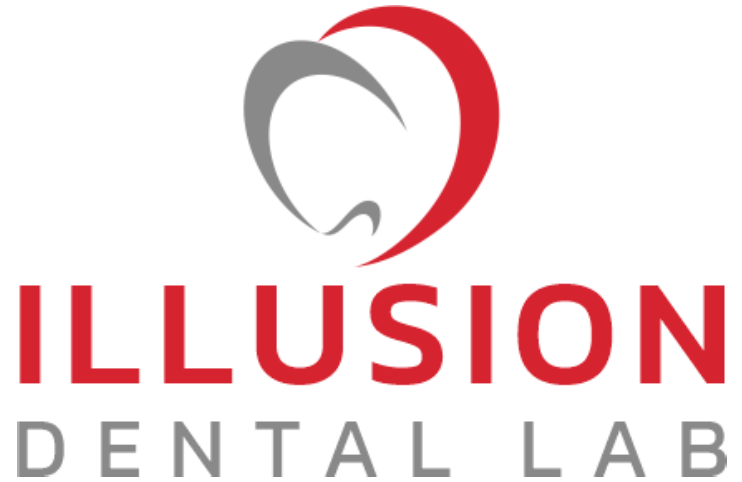Blog Details
DMLS Crown – Direct Metal Laser Sintering

What are DMLS crown?
Dental crowns manufactured with the DMLS 3D printing method are known as DMLS crowns. The DMLS procedure uses a laser to layer-by-layer sinter metal powder particles to produce a precise and incredibly accurate 3D model of the desired crown. The standard procedure to manufacture DMLS dental crowns is as follows:
-
1.Digital Scan:
The first step involves taking a digital scan using an intraoral scanner. A dental expert first scans the patient's tooth or the area that requires the crown. It creates a computerised 3D representation of the tooth and its surroundings. -
2.CAD Design:
After importing the digital scan, the dentist or dental technician uses computer-aided design (CAD) software to create the crown based on the patient's particular dental anatomy and requirements. -
3.DMLS 3D Printing:
The CAD design is then transferred to a DMLS 3D printer, which employs a laser to fuse selectively or sinter metal powder particles together, layer by layer, as per the digital design. During this procedure, the crown is constructed in stages to attain the desired shape. -
4.Post-production process:
It involves procedures like heat treatment and polishing to further enhance the mechanical characteristics and aesthetics of the DMLS crown. -
5.Cementing the Crown:
Once the DMLS crown is ready, it can be cemented onto the prepared tooth using dental cement, providing a durable and precise fit.
DMLS technology helps to manufacture dental crowns with extreme precision and customizability. These crowns are manufactured with safe and biocompatible metals.
What are the materials used for biocompatible DMLS crowns?
Biocompatible metal alloys are often used to fabricate DMLS (Direct Metal Laser Sintering) crowns. For DMLS crowns, the following materials are frequently used:
-
1.Cobalt-Chrome (Co-Cr):
DMLS crowns frequently use cobalt-chrome alloys, also referred to as Co-Cr alloys. They provide exceptional durability and good biocompatibility. Co-Cr crowns are ideal for long-lasting dental restorations due to their high precision and wear resistance ability. -
2.Titanium:
Another common material for DMLS crowns is Titanium (Ti) and Titanium alloys. It possesses low density, strong resistance to corrosion, and high biocompatibility. The crowns made with Titanium are lightweight and do not cause any sensitivity. Patients with metal sensitivities or those looking for lighter restorations can particularly benefit from titanium crowns. -
3.Other Metal Alloys:
Other metal alloys, including stainless steel, gold, and precious metal alloys (such as gold-platinum), are also used to produce DMLS crowns. These alloys have unique properties, and the patient's preferences may influence their selection, desired aesthetics, or practical requirements.
DMLS in Dentistry: A Future Perspective
DMLS Crowns are transforming dentistry with new and innovative advancements in dental restorations. Using the latest design software and cutting-edge technology has optimised the form and function of these crowns. It has led to a significant positive impact on the dental sector and helped orthodontists and dentists provide better patient care. Here are some DMLS crown advantages and detailed know-how on the same:
- 1. Increased accuracy and fit: DMLS technology produces highly precise and personalised crowns adapted to each patient's dental anatomy. This accuracy guarantees a superior fit, which improves the patient's comfort and usability.
- 2. Improved durability: DMLS crowns are exceptionally strong and resilient since they are manufactured using biocompatible metal alloys. DMLS crown strength is unaffected by the stresses of biting and chewing. Restorations with DMLS crowns last long and reduce the need for frequent replacements hence making them an ideal choice for enhanced longevity.
- 3. Enhanced Aesthetics: Due to the capacity to alter the crown's design and surface properties, DMLS crowns can produce lifelike looks. Dentists and Orthodontists are interested in using this technology to produce visually acceptable restorations that flawlessly match the patient's dental structure.
- 4. Biocompatibility: Safety is the prime concern when dental restorations are involved. Crowns made with DMLS technology use safe and biocompatible materials like Cobalt-Chrome, Titanium etc. These metals offer good biocompatibility and tissue compatibility as well. It helps to promote both oral health and overall well-being.
- 5. Digital Dentistry: DMLS Crown preparation requires integrating DMLS Technology with other digital dentistry tools and workflow involving the latest CAD/CAM designing that produces optimised results. Digital treatment planning in crown fabrication enhances productivity, accuracy, and patient communication.
- 6. Optimised design capacity: This technology enables dentists to achieve a high level of precision in the crown's fit, shape and size. It enables them to easily create complex and intricate crown structures by incorporating exact occlusal anatomy, finely detailed surface textures, and customized features.
What is the DMLS crown price in India?
The cost of DMLS crowns can vary based on several variables, including material costs, equipment and maintenance costs, labour and training costs, customisation and precision requirements, and partnerships with dental laboratories proficient in DMLS technology. Metal alloys like Titanium are more expensive; hence the DMLS dental crown price is higher than the traditional crowns. Although DMLS crowns may cost more, their greater accuracy, toughness, and beauty provide long-term value and patient pleasure. Dentists should maintain complete transparency with the patients about the investment in DMLS crowns and their benefits.





